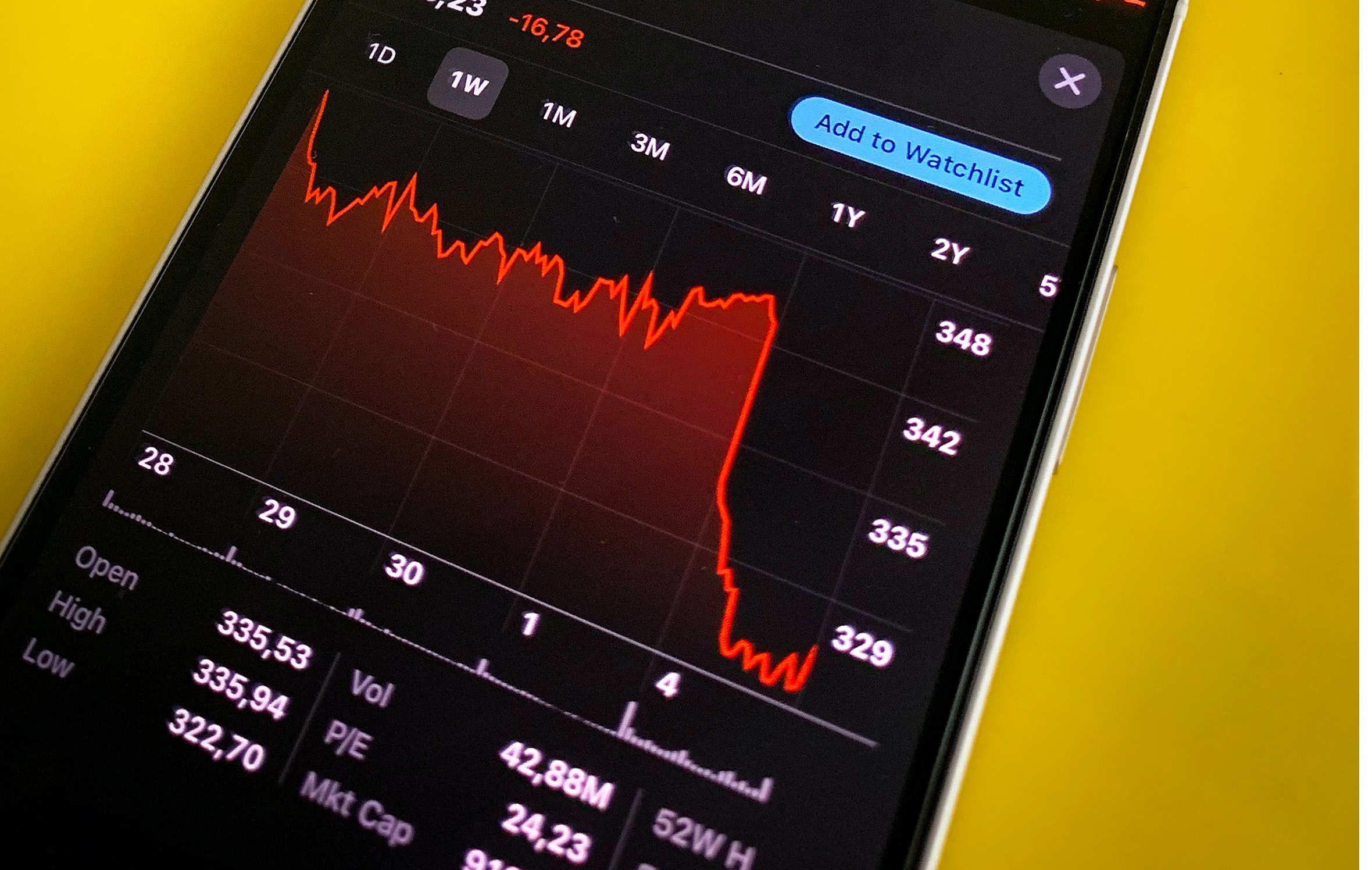The Dow Jones Industrial Average shed 1,138 points, or 3.5%, or the average’s biggest decline since October 2020. S&P 500 traded 4% lower, the biggest drop since June 2020. The Nasdaq Composite slipped 4.7%, the largest fall in the tech-heavy index since May 5. The selling was broad and intense on Wall Street with just 13 members of the S&P 500 in the green.
VIX on the rise is actually an even worse trend than the Dow dropping, and VIX is climbing up steadily. This is the period where big players organize and exploit volatility in the run up to a major sell off they have been preparing to exploit during this period, and since they make money off the highs and lows, they will make the highs and lows. There is no telling exactly when or where it will happen, but it would not be surprised if someone somewhere actually has the date of the next financial crisis marked on their calendar, and they know in a rough sense how much they will make off of it.
If you are not a major player, you are left trying to read the tea leaves, and having to be cautious, because these are the times when the major players will reallocate other people’s funds to their portfolios.

